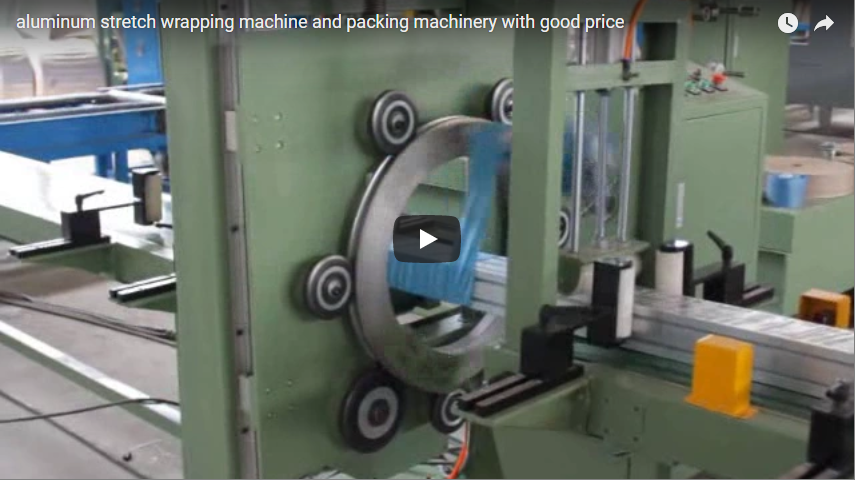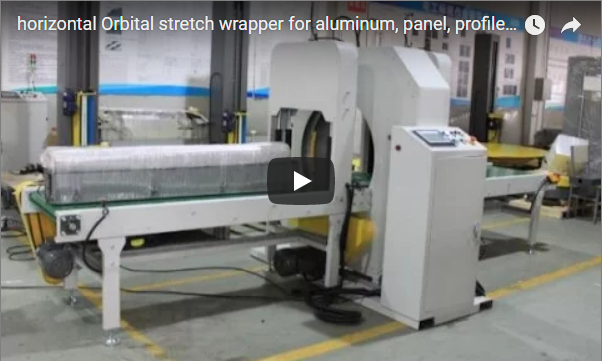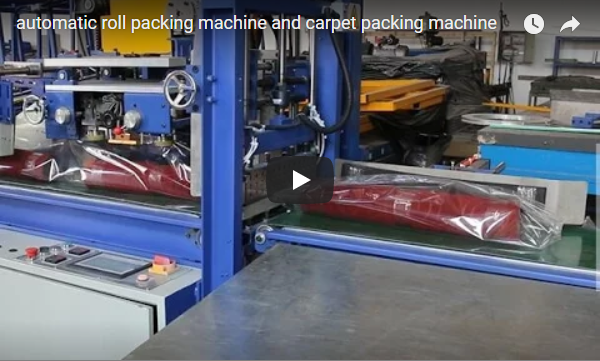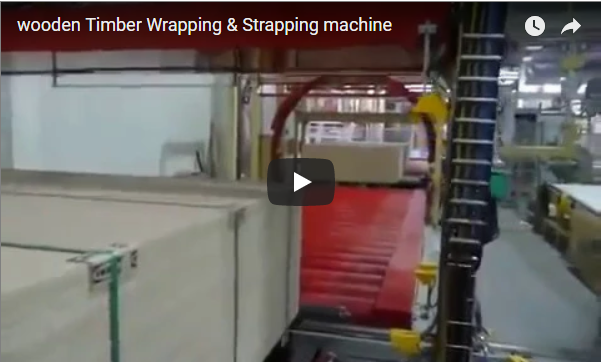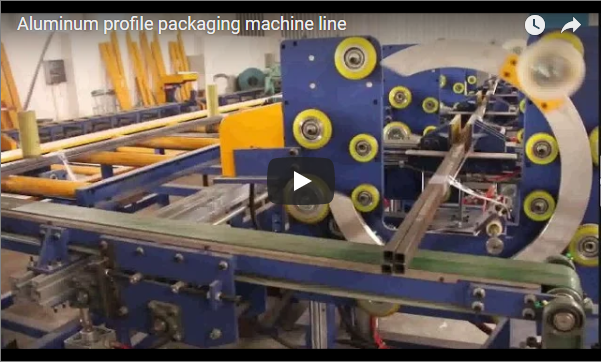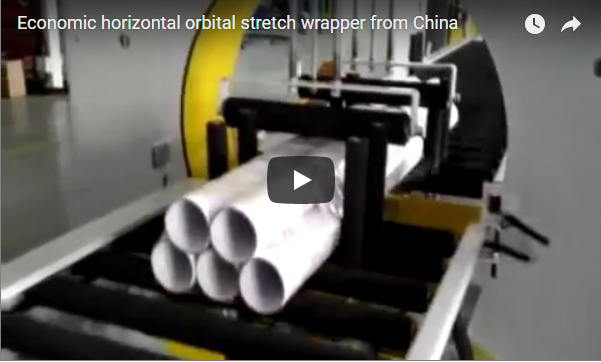Enhancing Packaging Operations: A Technical Look at Tape Binding and Wrapping Machines
In modern manufacturing and logistics environments, efficiency, reliability, and load integrity are paramount. Automated tape binding and wrapping machines represent a significant technological step forward, offering streamlined solutions for securing and unitizing products ranging from bundled components to fully palletized loads. These systems move beyond manual methods, introducing precision, speed, and consistency essential for high-throughput operations.
Drawing insights from packaging engineering principles and advancements documented in industry publications and patent literature, this overview delves into the mechanics, benefits, and selection criteria for these critical pieces of packaging automation.
Core Technology: Tape Binding vs. Tape Wrapping
While often used interchangeably, understanding the distinction is key:
- Tape Binding: Primarily focuses on securing items together into a bundle. Think of bundling pipes, extrusions, or stacks of materials. The machine typically applies adhesive tape circumferentially under controlled tension. The goal is often unitization for handling or further processing.
- Tape Wrapping: Often involves a more comprehensive application of tape, sometimes covering more surface area or sealing closures. This can include stabilizing pallet loads, closing boxes, or providing a degree of environmental protection. Machines like stretch wrappers fall under a broader category, but tape-specific wrappers utilize adhesive tapes for securement.
The effectiveness of both processes hinges significantly on the properties of the adhesive tape used. Common types include:
- BOPP (Biaxially Oriented Polypropylene): Versatile and cost-effective, available with various adhesive formulations (acrylic, hot melt).
- Filament Tape: Reinforced with fiberglass filaments, offering high tensile strength crucial for heavy-duty bundling and L-clip applications (as noted in packaging design manuals).
- Paper-Based Tapes: Often used for carton sealing, sometimes water-activated or pressure-sensitive.
Mechanics of Automated Application: Precision and Control
Automated tape binding and wrapping machines employ sophisticated mechanisms to ensure consistent and reliable tape application. Key components and principles often include:
- Tape Applicator Heads: Designed for precise placement and cutting of the tape. Advanced designs, sometimes drawing on principles outlined in patents focusing on tension control and cut-off mechanisms (e.g., concepts related to ensuring clean cuts and preventing tape snapping), are crucial for high-speed operation.
- Tension Control Systems: Maintaining consistent tape tension is critical for load security without damaging the product. Systems can range from simple friction brakes to sophisticated servo-driven rollers that dynamically adjust tension based on package geometry or pre-programmed parameters. Research published in journals like Packaging Technology and Science often highlights the correlation between consistent tension and load stability during transit.
- PLC (Programmable Logic Controller) Control: The brain of the operation, orchestrating the sequence of actions – feeding, tensioning, applying, cutting – and allowing for integration with upstream and downstream automation like conveyors and sensors.
- Feeding and Cutting Mechanisms: Reliable systems (e.g., rotary knives, guillotine cutters) ensure clean tape severing for optimal adhesion and aesthetic finish.
Operational Advantages and Performance Metrics
The shift from manual to automated tape application yields quantifiable benefits recognized across the industry:
- Increased Throughput: Automated systems operate at speeds unattainable manually, measured in cycles per minute or packages per hour, directly boosting line productivity.
- Enhanced Load Security: Consistent tension and precise tape placement, as emphasized by logistics and packaging experts, significantly improve bundle integrity and pallet stability, reducing product damage during handling and shipping.
- Labor Optimization: Automation dramatically reduces the manual labor required for binding and wrapping, freeing up personnel for higher-value tasks. Industry reports often cite potential labor cost reductions of 50% or more in specific high-volume applications.
- Material Efficiency: Optimized tape usage and consistent application minimize waste compared to manual methods.
- Improved Ergonomics and Safety: Reduces repetitive strain injuries associated with manual taping.
Selecting the Appropriate System: Key Parameters
Choosing the right tape binding or wrapping machine requires careful consideration of operational needs:
- Product Specifications:
- Minimum and Maximum Dimensions (Length, Width, Height)
- Weight and Shape Characteristics
- Performance Requirements:
- Required Throughput Rate (packages/bundles per minute/hour)
- Cycle Time Expectations
- Tape Specifications:
- Tape Type (BOPP, Filament, etc.)
- Tape Width and Core Size Compatibility
- Adhesive Requirements
- Automation Level:
- Semi-automatic (operator assists) vs. Fully Automatic (integrated into a line)
- Integration Needs:
- Compatibility with existing conveyor systems
- Communication protocols for line integration (e.g., Ethernet/IP)
- Environmental Factors:
- Operating temperature, humidity, potential contaminants.
- Maintenance and Support:
- Ease of maintenance access, availability of spare parts, technical support.
Industry Relevance: From Fabrication to Distribution
Tape binding and wrapping machines are indispensable in various sectors:
- Metal Fabrication: Bundling pipes, tubes, extrusions, and profiles for secure handling and transport.
- Manufacturing: Securing components, sub-assemblies, or finished goods.
- Printing and Publishing: Binding stacks of printed materials.
- Distribution and Logistics: Unitizing cartons on pallets, securing irregular loads. Through our Horizontal wrapping machine, the objects will be bundled with tape. For specific configurations, such as the continuous wrapping of long products, specialized equipment like our Horizontal wrapping machine provides tailored solutions.
In conclusion, tape binding and wrapping machines are more than just packaging equipment; they are integral components of efficient, automated production and logistics workflows. Their ability to deliver speed, consistency, and reliable load securement makes them a valuable investment for businesses aiming to optimize operations and protect their products.
info@fhopepack.com

